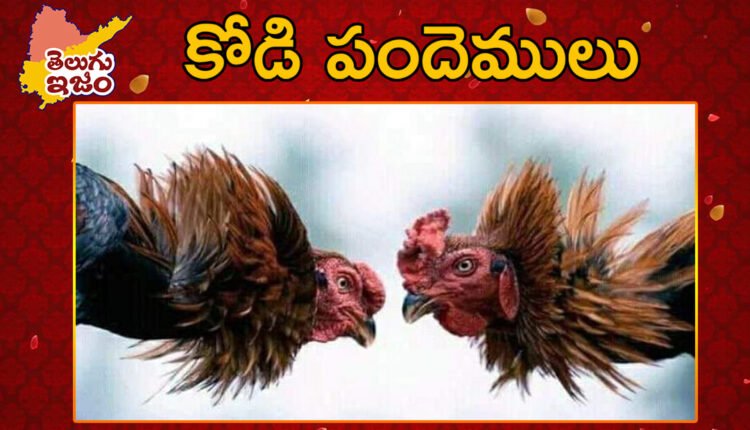Cockfight : A Historical Significance Shows Strength As Excitement For Spectators
Cockfight : Also known as Kodi Pandemulu, has deep roots in our rural culture and has a history spanning thousands of years. This tradition has historical significance, even in warfare. The fights between Brahma Naidu’s ‘Chittimallu’ and Nagamma’s ‘Sivangi’ are well-known in the history. In ancient times, cockfighting was associated with the concept of war, and the term “Kahalam” became synonymous with roosters.
Cockfight & History
The 15th-century poem ‘Hamsavinsati’ by Ayyalaraju Narayana sheds light on the social conditions of that time and describes how Kodi Pandemulu was conducted. Pandamrayus, dressed in saffron-colored clothes, would approach a designated place called Garuvu (Bari) with roosters tucked under their armpits. They would bring along threads, water drops, and herbs to treat the injured roosters. The hens would be prepared for battle by wrapping cloth around their legs and tying swords. The two groups would face each other, holding their bundles, and the fight would begin.
While the crimson robes may have changed, the overall atmosphere of Barula (cockfighting arena) remains similar. The roosters are given names such as ‘Garuda, Ranabheri, Karchichu, Rathibomma, Ramabanam, Mittirahuti, Pidugu, Hamveerudu, Gandakattera, Jetti, Bhairavudu, Bhethaludu, Sudigakali,’ and so on, based on their nature and masculinity.
Cockfighting has a rich history, but how is it connected to the festival of Sankranti?
The harvest season brings ample cash, and people are in a celebratory mood. Cockfights are a source of entertainment during this time, and the availability of funds may contribute to its popularity. However, it is important to note that while Kodi Pandemulu is deeply ingrained in our cultural traditions, it also raises ethical concerns regarding animal welfare and the use of lives for entertainment purposes.
Also Read : Annaprasana : A Joyous Occasion In Hindu Families

